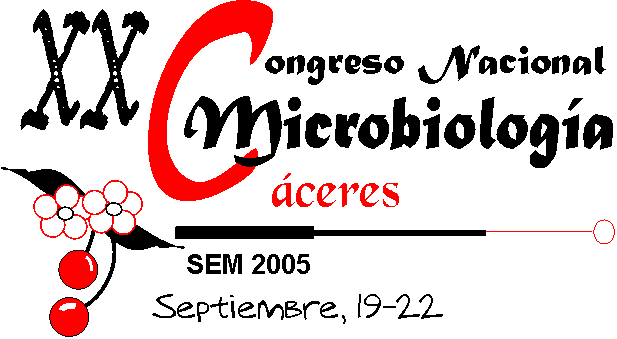
Simposio: Sesión in memoriam de Federico Uruburu
Yeasts traits and environments
Isabel Spencer-Martins
Centro de Recursos Microbiológicos (CREM), Secção Autónoma de Biotecnologia, Faculdade de Ciências e Tecnologia, Universidade Nova de Lisboa, 2829-516 Caparica, Portugal, ism@fct.unl.pt
The etymology of the word yeast is, in English and in many other languages, related to the fermenting capacity and its use in baking, brewing and wine making. The number of recognised yeast species, currently approaching 1 000, increased steadily over the past 20 years, reflecting the application of molecular methods to taxonomic studies and the diffusing borderlines between yeasts and filamentous fungi. Numbers alone do not fully reflect the diversity of the yeast world. Saccharomyces cerevisiae, the first eukaryote to have its genome completely sequenced, in 1996, is still the favourite of biologists, but the genome sequences of a significant variety of other yeasts have since become public. The global activity of yeasts is the result of entwined cell functions dependent on the circumambient and on the genetic background. Therefore, physiological diversity cannot be dissociated from ecological, cellular, metabolic, biochemical or genetic diversity. Since studies on yeast diversity have been mostly determined by the applications of this group of microorganisms, non-Saccharomyces are gradually coming to light as they find new applications in different fields. However, basidiomycetous yeasts are still much neglected, with the exception of human pathogens. Despite the enormous amount of knowledge about the biology of S. cerevisiae, the coordinated regulation of genes is still intriguing and many physiological phenomena are not fully understood. The degree of variation is such, even among strains of the same or very closely related species, that generalization of regulatory patterns is just not feasible. Surveying and unveiling the expanding yeast world, through comparative studies, together with appropriate exploration of genomic and proteomic tools, offers tremendous prospects, it may lead to the emergence of new unitary concepts and prove valuable in the development of biotechnological processes. Aspects of the environment that are known to affect yeast performance will be addressed, while providing a glimpse of the intimate relation between different aspects of yeast biology.